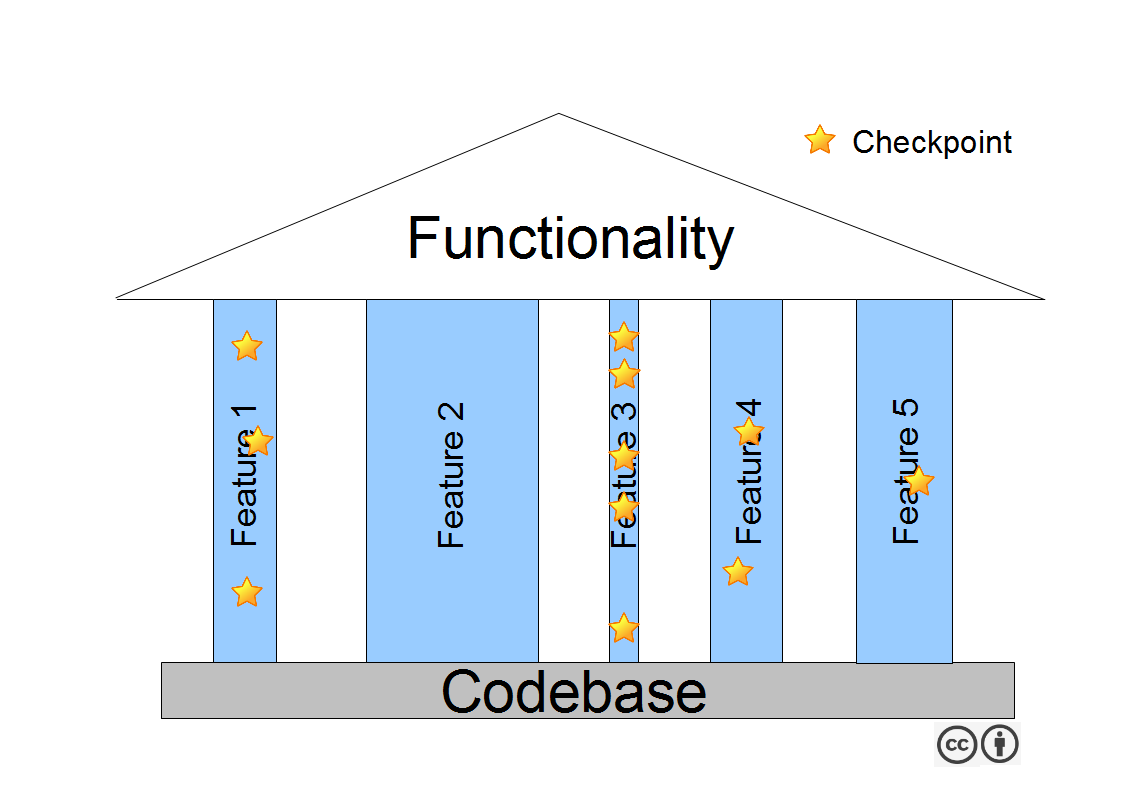The brilliant article On Being A Senior Engineer came in my mailbox via A Smattering of Selenium #125 – as it’s a long text, here’s my essence:
- (…) This is because they [mature software engineers] know that nothing they make will ever only be in their hands, and that good peer review is what makes better design decisions. As it’s been said elsewhere, they “beg for the bad news.”
- [About criticism of someones code:] „But the attitude that someone’s code is their baby should come to an end.“
- Mature engineers do not shy away from making estimates, and are always trying to get better at it. (…) No one should be allowed to avoid the issue by the old formula, “I can’t give a promise because it depends upon so many uncertain factors.”
- Mature engineers lift the skills and expertise of those around them. (…) we call this a “generosity of spirit.”
- They know that they work within a spectrum of ideal and non-ideal, and are OK with that. They are comfortable with it because they strive to make the ideal and non-ideal in a design explicit.
- A great manager of mine said to never go to your boss with a complaint about anything without at least one (ideally more than one) suggestion for a solution.
- Don’t rewrite code without consultation. There’s a fine line between “fixing code” and “rewriting code.”
- The only true authority stems from knowledge, not from position. Knowledge engenders authority, and authority engenders respect – so if you want respect in an egoless environment, cultivate knowledge
.

